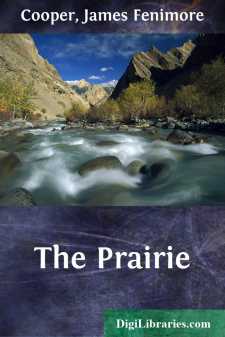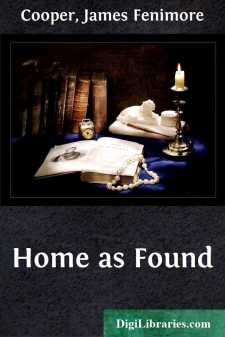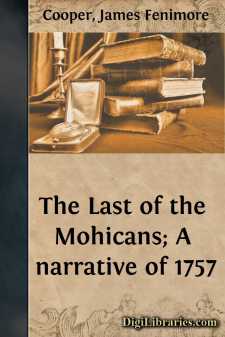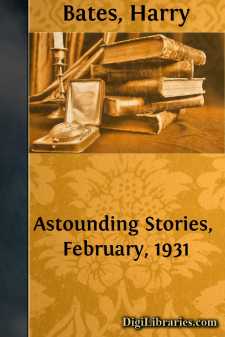Categories
- Antiques & Collectibles 13
- Architecture 36
- Art 48
- Bibles 22
- Biography & Autobiography 813
- Body, Mind & Spirit 138
- Business & Economics 28
- Children's Books 12
- Children's Fiction 9
- Computers 4
- Cooking 94
- Crafts & Hobbies 4
- Drama 346
- Education 46
- Family & Relationships 57
- Fiction 11821
- Games 19
- Gardening 17
- Health & Fitness 34
- History 1377
- House & Home 1
- Humor 147
- Juvenile Fiction 1873
- Juvenile Nonfiction 202
- Language Arts & Disciplines 88
- Law 16
- Literary Collections 686
- Literary Criticism 179
- Mathematics 13
- Medical 41
- Music 40
- Nature 179
- Non-Classifiable 1768
- Performing Arts 7
- Periodicals 1453
- Philosophy 64
- Photography 2
- Poetry 896
- Political Science 203
- Psychology 42
- Reference 154
- Religion 505
- Science 126
- Self-Help 81
- Social Science 81
- Sports & Recreation 34
- Study Aids 3
- Technology & Engineering 59
- Transportation 23
- Travel 463
- True Crime 29
The Prairie
Description:
Excerpt
INTRODUCTION
"The Prairie" was the third in order of Fenimore Cooper's Leatherstocking Tales. Its first appearance was in the year 1827. The idea of the story had suggested itself to him, we are told, before he had finished its immediate forerunner, "The Last of the Mohicans." He chose entirely new scenes for it, "resolved to cross the Mississippi and wander over the desolate wastes of the remote Western prairies." He had been taking every chance that came of making a personal acquaintance with the Indian chiefs of the western tribes who were to be encountered about this period on their way in the frequent Indian embassies to Washington. "He saw much to command his admiration," says Mrs. Cooper, "in these wild braves... It was a matter of course that in drawing Indian character he should dwell on the better traits of the picture, rather than on the coarser and more revolting though more common points. Like West, he could see the Apollo in the young Mohawk."
When in July, 1826, Cooper landed in England with his wife and family, he carried his Indian memories and associations with him. They crossed to France, and ascended the Seine by steamboat, and then settled for a time in Paris. Of their quarters there in the Rue St. Maur, Sarah Fenimore Cooper writes:
"It was thoroughly French in character. There was a short, narrow, gloomy lane or street, shut in between lofty dwelling houses, the lane often dark, always filthy, without sidewalks, a gutter running through the centre, over which, suspended from a rope, hung a dim oil lamp or two—such was the Rue St. Maur, in the Faubourg St. Germain. It was a gloomy approach certainly. But a tall porte cochere opened, and suddenly the whole scene changed. Within those high walls, so forbidding in aspect, there lay charming gardens, gay with parterres of flowers, and shaded by noble trees, not only those belonging to the house itself, but those of other adjoining dwellings of the same character—one looked over park-like grounds covering some acres. The hotel itself, standing on the street, was old, and built on a grand scale; it had been the home of a French ducal family in the time of Louis XIV. The rooms on the two lower floors were imposing and spacious; with ceilings of great height, gilded wainscoting and various quaint little medallion pictures of shepherds and shepherdesses, and other fancies of the time of Madame de Sevigne. Those little shepherds were supposed to have looked down upon la mere beaute, and upon la plus jolie fille de France as she danced her incomparable minuets. Those grand saloons were now devoted to the humble service of a school for young ladies. But on the third floor, to which one ascended by a fine stone stairway, broad and easy, with elaborate iron railings, there was a more simple set of rooms, comfortably furnished, where the American family were pleasantly provided for, in a home of their own. Unwilling to separate from his children, who were placed at the school, the traveller adopted this plan that he might be near them....






















